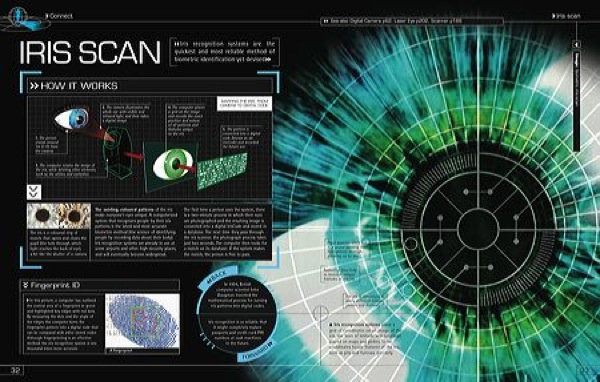After the recent reports about being used as UID (Unique Identification Card), iris scanning is again in news these days. A computer scientist from texas State university- San Marco, Oleg Komogortsev, is trying to develop a biometric system which can identify people by thier scanned iris and the way they move their eyes. Biometric systems are a way of identifying people based on their unique features like fingerprints, etc. Computer scientists all over the world are studying biometrics for solving crime, border security, and just as a high-tech way to sign into smartphones, tablets and other devices.
Komogortsev explains, "When looking at a picture, different people will move their eyes among points of interest in different sequences. Even if two people trace the same paths, the exact way they move their eyes differs. We are seeing there are enough differences so we can talk about this as a biometric."
This use of iris scanning as a tool of identifying people is not new. Way back in 1987, two scientists named Leonard Flom and Aran Safir were issued a first of its kind, broad patent entitled "Iris Recognition Technology". This initiated the rise of iris scanning but criminals have been able to fool the technology with printed contacts, or by holding up a high-quality printout of the correct person's eye in front of the scanner. Thus, Komogortsev hopes adding an eye-movement sensor could prevent this type of counterfeiting.
Komogortsev's system proposes to record eye movements and analyzes two features. The first feature which the system measures is the "fixations", that is, the times when people linger their gaze over a point on the screen. The second feature is the "saccades", that is, the swift movements the eye makes when it flies between points. Thus, by comparing the iris scans, the fixations and the saccades, the system will be able to "calculate unique properties about people's eyes, including the force their eye muscles use and other prperties about the fat and flesh around the eye and the eyeball itself", the researcher explained.


No comments:
Post a Comment